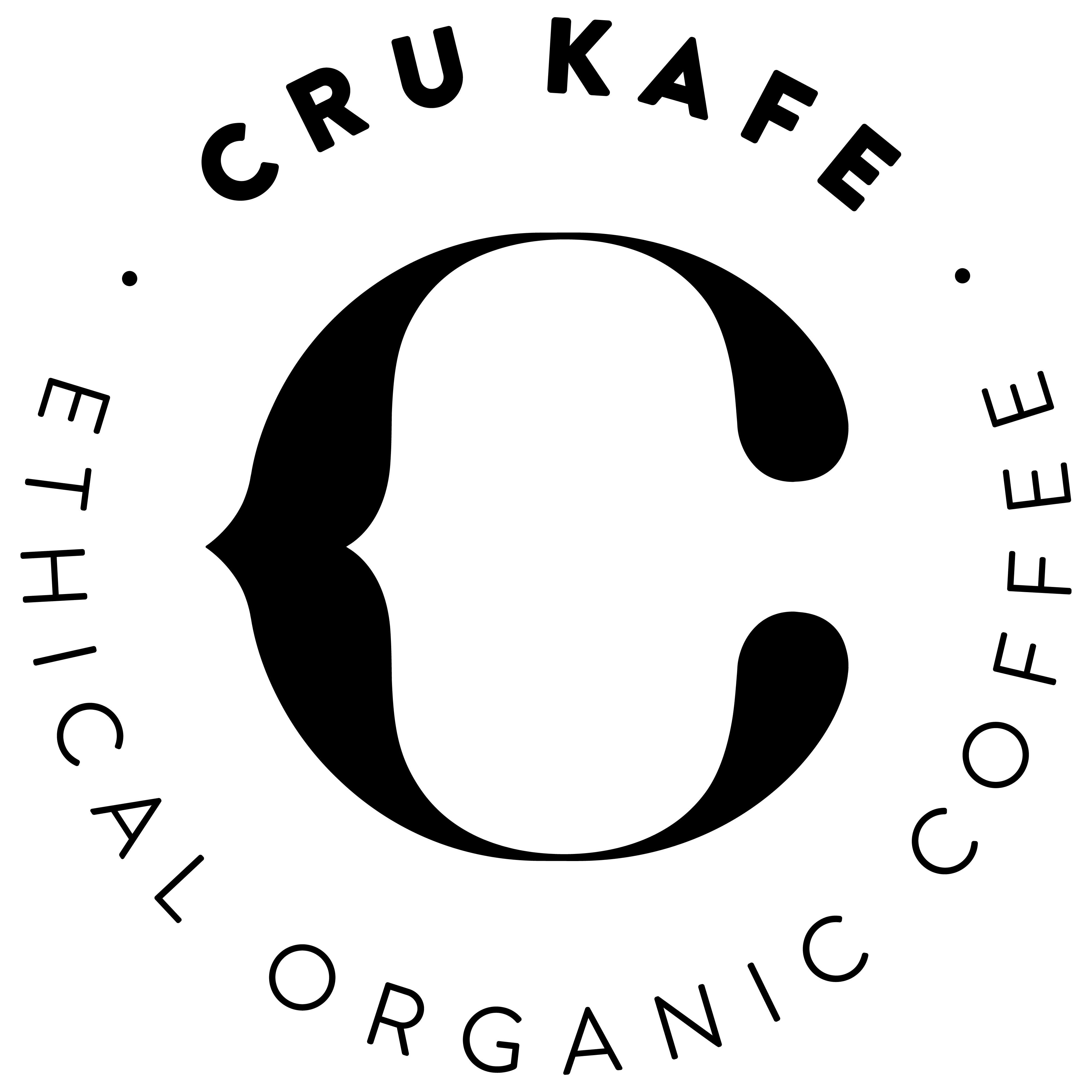If you’re a bit of a coffee connoisseur, then you’ve probably come across the terms ‘washed’ and ‘unwashed’ when sourcing your brew. Understandably, you might not have a clue what the difference between the processes actually are - or the impact they have on your coffee.
To put into context the importance of the washing processes, it’s important to have a general understanding of the entire lifecycle of the coffee bean.

Firstly, you might be surprised to know that coffee is not actually a bean - it is a fruit. The actual ‘bean’ is enclosed in a fleshy outer mucilage, otherwise known as the 'coffee cherry' (pictured). In the simplest of terms, the fruit is first planted, grown and harvested - the bean is then separated from the fruit before it is dried, roasted, packaged and brewed.
How the beans are separated from the mucilage is where the washing process comes into play - the style differs from region to region and can completely change the taste and quality of the coffee. Though there are numerous different washing processes, read more below on three of the main washing processes.
Washed or the “wet" process
Straight after harvesting the coffee fruit, the mucilage is immediately removed using a ‘de-pulping’ machine. The beans are then put in vats of water, and left to ferment, generally for 1-2 days - giving this method the “wet process” nickname.
The amount of time for fermentation will differ based on the altitude and climate. For example, the hotter the climate, the less time the beans will ferment, and vice versa. It’s a finicky process that requires a lot of skill, as if the beans are left to ferment for too long, this will dramatically alter the taste in a not-so-nice way.
Once fermented, the beans are washed again to remove any remaining bits of mucilage, and then left to dry. Drying happens a few different ways, depending on the region - from raised beds or brick patios in the sun, turned regularly for even drying, to mechanically in areas where there is too much humidity or not enough sunlight.
Overall, washed process coffees tend to make for the highest quality brew, but as it requires lots of water and skill, it in turns makes it more expensive. The coffee itself has more “fruity”, “acidic” and “bright” notes.
Unwashed or the “natural/dry" process
The unwashed method is by far the oldest method of coffee processing, and is best known for producing coffee that’s smooth, with a heavy body. This method is often used in parts of the world where there is very limited access to water and longer periods of sunshine, such as Ethiopia and parts of South America.
Once harvested, the fruit is spread thinly and evenly to dry, and are turned regularly to avoid any spoiling or rotting. Once completely dried, which can take several weeks, the fruit is then mechanically de-pulped, exposing the green beans which are stored and 'rested' before making their way to a roasting facility.
As there’s no need for extremely specialised equipment, natural processed coffee is often the cheapest, but it does carry the most risk for rot and spoilage.
"Green" coffee beans - ready for roasting!
Honey or “pulped natural” process
Essentially a hybrid of the two former processes, honey processed coffee often has the full body from a natural processed coffee, coupled with bright but well rounded acidic notes of washed coffees.
The bean is removed carefully from the outer fruit, but special care is taken to leave certain percentages of the mucilage on the bean during drying. As a result, the natural sugars from the remaining mucilage will sweeten the final product.
Now to get even more technical, there are certain amounts of mucilage left on the bean, depending on the region that honey processes their coffee. It will be known under slightly different names, dependant on the amount of mucilage left on the bean, such as:
While the risk of over-fermenting is lower than washed process coffees, the risk of spoiling is far higher than natural processed. It's a fine line between the two, hence it requires the most amount of skill and is the most expensive of the three processes.
So...what makes the better cup of coffee?
Whether you prefer the bright acidic notes of washed coffees, the more full bodied and complex flavours of natural processed coffee, or a combination of the two in the variety of honey processed coffees, the choice is really up to you!
The bottom line, taste is entirely subjective. From our side (as long as it’s CRU Kafe, of course!) you can’t really go wrong.





